Monday, October 5, 2020 – A TREASURED OASIS A FEW MINUTES FROM THE THE ISLAND


Monday, October 5, 2020
Our 174th Edition
A TEMPLE OF CALM
ON
VERNON BLVD….
ISAMU NOGUCHI
FOUNDATION AND GARDEN MUSEUM

Biography
Isamu Noguchi (1904–1988) was one of the twentieth century’s most important and critically acclaimed sculptors. Through a lifetime of artistic experimentation, he created sculptures, gardens, furniture and lighting designs, ceramics, architecture, and set designs. His work, at once subtle and bold, traditional and modern, set a new standard for the reintegration of the arts.
Noguchi, an internationalist, traveled extensively throughout his life. (In his later years he maintained studios both in Japan and New York.) He discovered the impact of large-scale public works in Mexico, earthy ceramics and tranquil gardens in Japan, subtle ink-brush techniques in China, and the purity of marble in Italy. He incorporated all of these impressions into his work, which utilized a wide range of materials, including stainless steel, marble, cast iron, balsa wood, bronze, sheet aluminum, basalt, granite, and water.
Born in Los Angeles, California, to an American mother and a Japanese father, Noguchi lived in Japan until the age of thirteen, when he moved to Indiana. While studying pre-medicine at Columbia University, he took evening sculpture classes on New York’s Lower East Side, mentoring with the sculptor Onorio Ruotolo. He soon left the university to become an academic sculptor.
In 1926, Noguchi saw an exhibition in New York of the work of Constantin Brancusi that profoundly changed his artistic direction. With a John Simon Guggenheim Fellowship, Noguchi went to Paris, and in 1927 worked in Brancusi’s studio. Inspired by the older artist’s forms and philosophy, Noguchi turned to modernism and abstraction, infusing his highly finished pieces with a lyrical and emotional expressiveness, and with an aura of mystery.
Returning to New York City as well as traveling extensively in Asia, Mexico, and Europe in the late 1920s through the 1930s, Noguchi survived on portrait sculpture and design commissions, proposed landscape works and playgrounds, and intersected and engaged in collaborations with a wide range of luminaries. Noguchi’s work was not well-known in the United States until 1940, when he completed a large-scale sculpture symbolizing the freedom of the press, which was commissioned in 1938 for the Associated Press Building in Rockefeller Center, New York City. This was the first of what would eventually become numerous celebrated public works worldwide, ranging from playgrounds to plazas, gardens to fountains, all reflecting his belief in the social significance of sculpture.
The Japanese attack on Pearl Harbor and the backlash against Japanese Americans in the United States had a dramatic personal effect on Noguchi, motivating him to become a political activist. In 1942, he cofounded Nisei Writers and Artists Mobilization for Democracy, a group dedicated to raising awareness of the patriotism of Japanese Americans; and voluntarily entered the Colorado River Relocation Center (Poston) incarceration camp in Arizona where he remained for six months.
Following his release, Noguchi set up a studio at 33 MacDougal Alley in Greenwich Village, New York City, where he returned to stone sculpture as well as prolific explorations of new materials and methods. His ideas and feelings are reflected in his works of that period, particularly the delicate slab sculptures included in the 1946 exhibition Fourteen Americans at The Museum of Modern Art, New York. Noguchi did not belong to any particular movement, but collaborated with artists working in a range of disciplines and schools. He created stage sets as early as 1935 for Martha Graham, beginning a lifelong collaboration; as well as for Merce Cunningham, Erick Hawkins, and George Balanchine and composer John Cage. In the 1960s, Noguchi began working with stone carver Masatoshi Izumi on the island of Shikoku, Japan; a collaboration that would also continue for the rest of his life. From 1961 to 1966, he worked on a playground design with the architect Louis Kahn.
Whenever given the opportunity to venture into the mass-production of his designs, Noguchi seized it. In 1937, he designed a Bakelite intercom for the Zenith Radio Corporation, and in 1947, his glass-topped table was produced by Herman Miller. This design and others—such as his designs for Akari light sculptures which were initially developed in 1951 using traditional Japanese materials—are still being produced today. In 1985, Noguchi opened The Isamu Noguchi Garden Museum (now known as The Noguchi Museum), in Long Island City, New York.
The Museum, established and designed by the artist, marked the culmination of his commitment to public spaces. Located in a 1920s industrial building across the street from where the artist had established a studio in 1960, it has a serene outdoor sculpture garden, and many galleries that display Noguchi’s work, along with photographs, drawings, and models from his career. He also indicated that his studio in Mure, Japan, be preserved to inspire artists and scholars; a wish that was fulfilled with the opening of the Isamu Noguchi Garden Museum Japan in 1999.
Noguchi’s first retrospective in the United States was in 1968, at the Whitney Museum of American Art in New York City. In 1986, he represented the United States at the Venice Biennale. Noguchi received the Edward MacDowell Medal for Outstanding Lifetime Contribution to the Arts in 1982; the Kyoto Prize in Arts in 1986; the National Medal of Arts in 1987; and the Order of the Sacred Treasure from the Japanese government in 1988. He died in New York City in 1988.
IN THE GARDEN
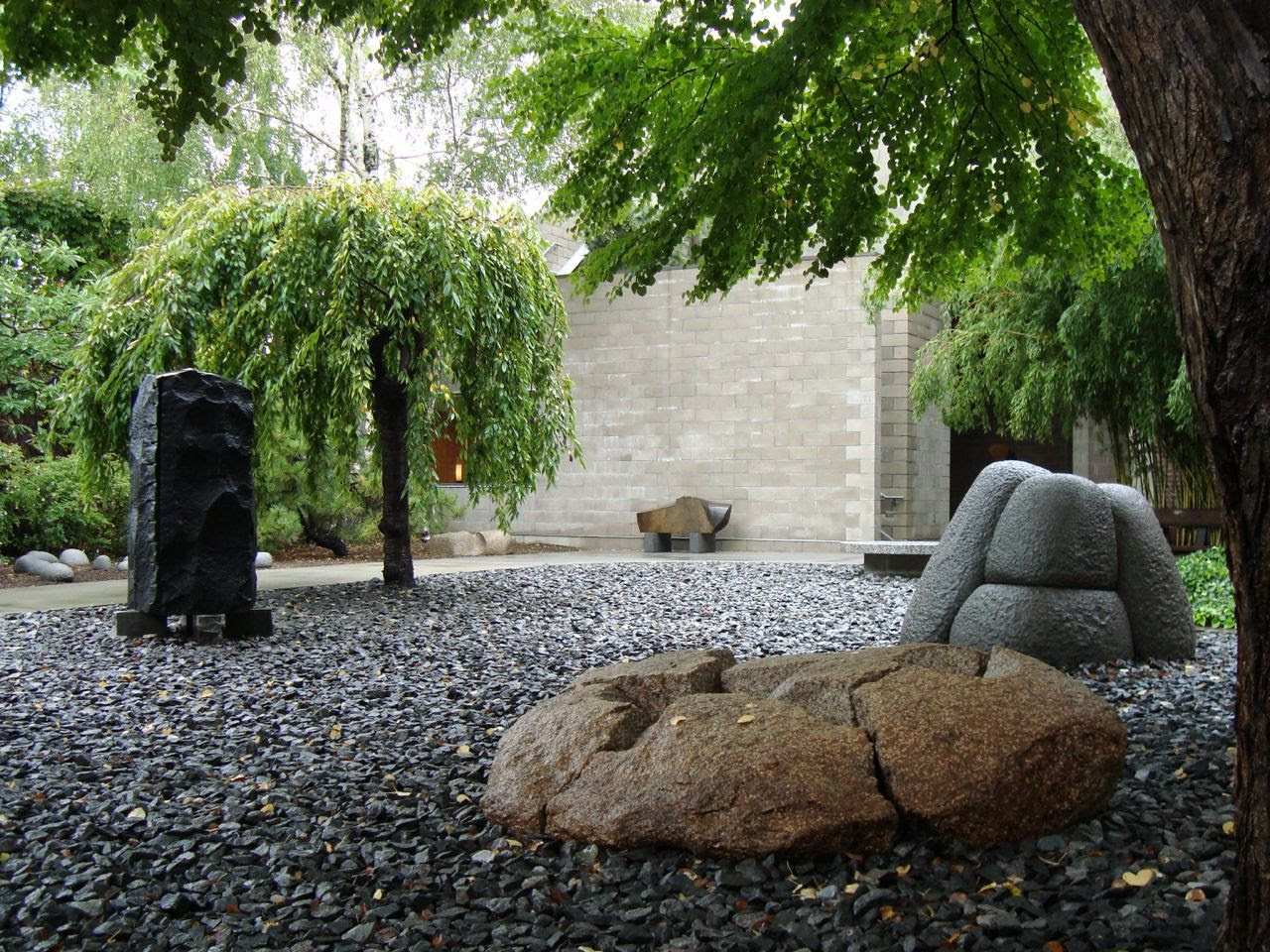
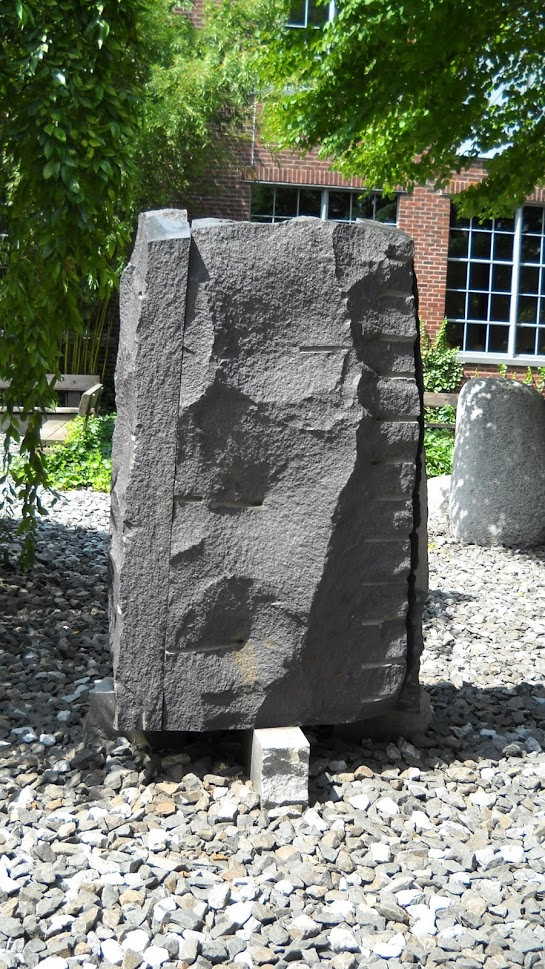


| LEFT ABOVE |
Behind Inner Seeking Shiva Dancing
1975 – 1981 Basalt The large section removed from the back of the 1974 sculpture called The Great Rock of Inner Seeking, now in the East Wing of the National Gallery in Washington, remained waiting. Two years later I was able to start and eight more to finally conclude what was for me an intense dialogue with the possibilities of stone. Rising out of destruction came the dance of Shiva.
RIGHT ABOVE
The Well
1982 Basalt, Water
I have made many experimental versions of “tsukubai,” including this one for this garden. The water is introduced from within and recirculated. What is created is a fountain, contrary to the traditional “tsukubai.”




THE ABOVE ART IS ALL ON VIEW AT:
The Isamu Noguchi Foundation and Garden Museum
9-01 33rd Road (at Vernon Boulevard)
Long Island City, New York 11106
718.204.7088
info@noguchi.org
NOGUCHI’S OTHER WORKS

This piece depicts five journalists going for a news story. This is located at the former Associated Press Building in Rockefeller Center, NYC,

“Radio Nurse”1937
Noguchi worked in a variety of media and Radio Nurse was his first major industrial commission. Together with a separate enameled metal receiver called the Guardian Ear, this piece functions as a baby monitor, transmitting sounds from the baby’s room to the receiver. The highly sculptural form evokes an abstracted human head: the eponymous surrogate nurse. Made of Bakelite, a plasticlike, malleable material that could be dyed almost any color, Radio Nurse is an excellent example of the new, industrial material’s sculptural qualities.

Red Cube Sculpture, 1968, 140 Broadway Between Cedar and Liberty Streets, Financial District in Lower Manhattan, New York, USA, photo: CC BY 2.0) by Yiie
MONDAY PHOTO OF THE DAY
SEND YOUR SUGGESTION TO
ROOSEVLTISLANDHISTORY@GMAIL.COM
WIN A SMALL TRINKET FROM THE RIHS VISITOR CENTER KIOSK

WEEKEND PHOTO OF THE DAY
THE FORMER SOHMER PIANO FACTORY
ON VERNON BLVD
Jay Jacobson, Nina Lublin, Clara Bella, Ed Litcher
( WE OMITTED OUR WINNERS ON FRIDAY, SORRY FOR THE GOOF)

CLARIFICATION
WE ARE HAPPY TO GIVE WINNERS OF OUR DAILY PHOTO IDENTIFICATION A TRINKET FROM THE VISITOR CENTER. ONLY THE PERSON IDENTIFYING THE PHOTO FIRST WILL GET A PRIZE.
WE HAVE A SPECIAL GROUP OF ITEMS TO CHOOSE FROM.
WE CANNOT GIVE AWAY ALL OUR ITEMS,. PLEASE UNDERSTAND THAT IN THESE DIFFICULT TIMES, WE MUST LIMIT GIVE-AWAYS. THANK YOU
October is the beginning of our annual membership drive.
The RIHS has served the community since 1976. In ordinary times, we sponsor programs, lectures, tours, classes and many community events that the RIHS participates in.
Our dues are very reasonable and we need your support to keep our activities coming as soon as we are able.
To join the RIHS go to our membership link at: https://rihs.us/join-us/
Thanking you in advance for your support
Judith Berdy
Text by Judith Berdy Thanks to Bobbie Slonevsky
for her dedication to Blackwell’s Almanac
Thanks to Deborah Dorff for maintaining our website
Edited by Melanie Colter and Deborah Dorff
All materials in this publication are copyrighted (c)
PHOTOS FROM JUDITH BERDY COPYRIGHT RIHS/2020 (C)
TEXT FROM THE ISAMU NOGUCHI FOUNDATION AND MUSEUM GARDEN
MATERIAL COPYRIGHT WIKIPEDIA, GOOGLE RIHS ARCHIVES AND MAY NOT BE REPRODUCED WITHOUT PERMISSION (C)
FUNDING BY ROOSEVELT ISLAND OPERATING CORPORATION PUBLIC PURPOSE FUNDING
DISCRETIONARY FUNDING BY COUNCIL MEMBER BEN KALLOS THRU NYC DYCD


Copyright © 2020 Roosevelt Island Historical Society, All rights reserved.Our mailing address is:

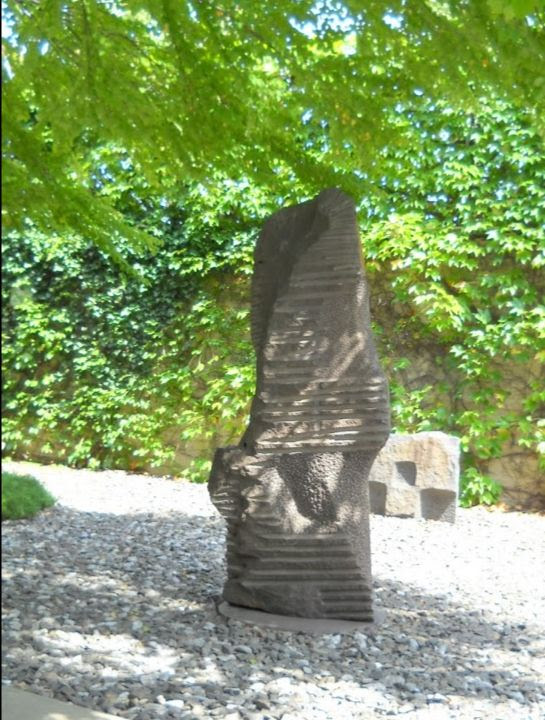
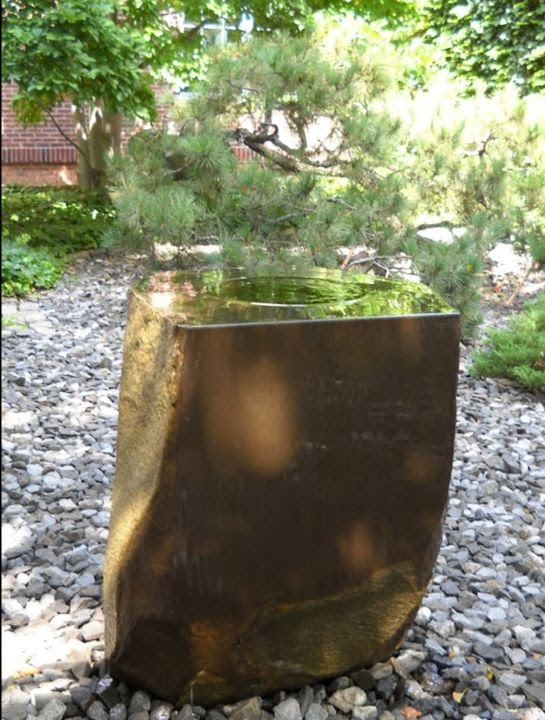
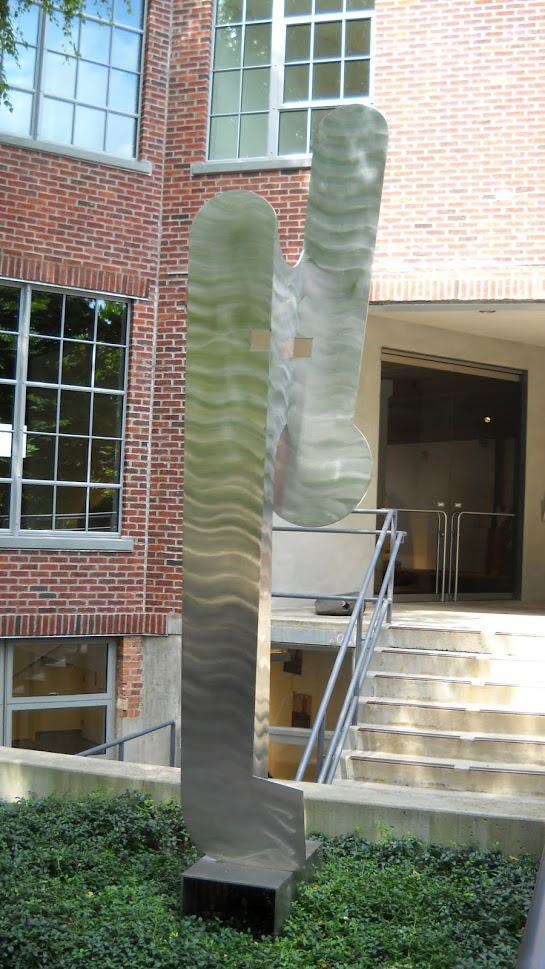
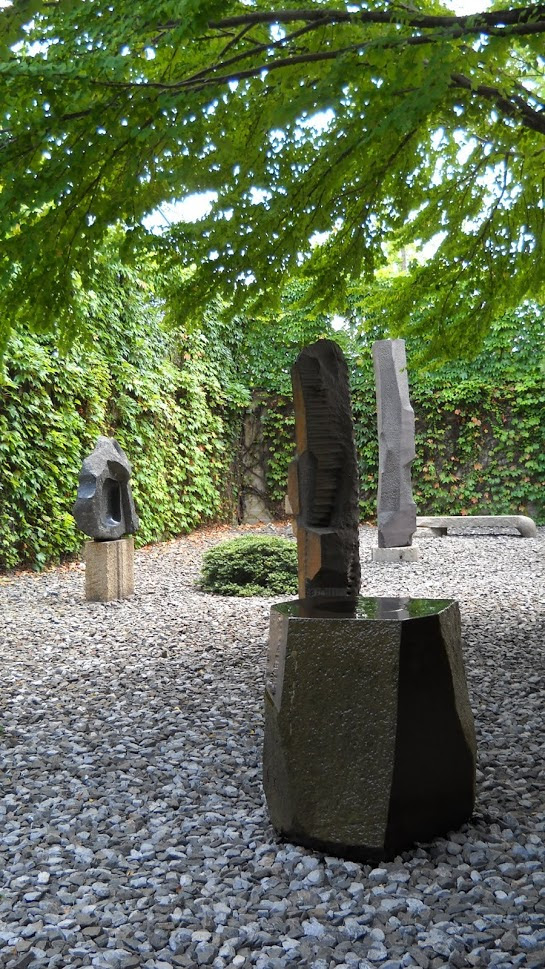
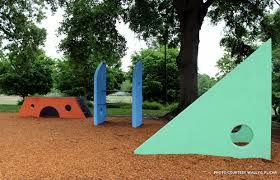
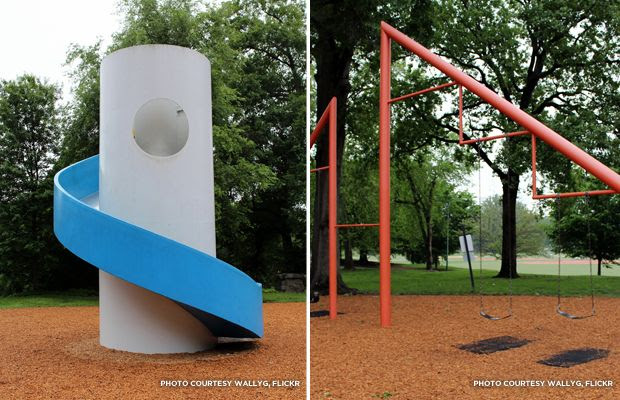
Leave a comment